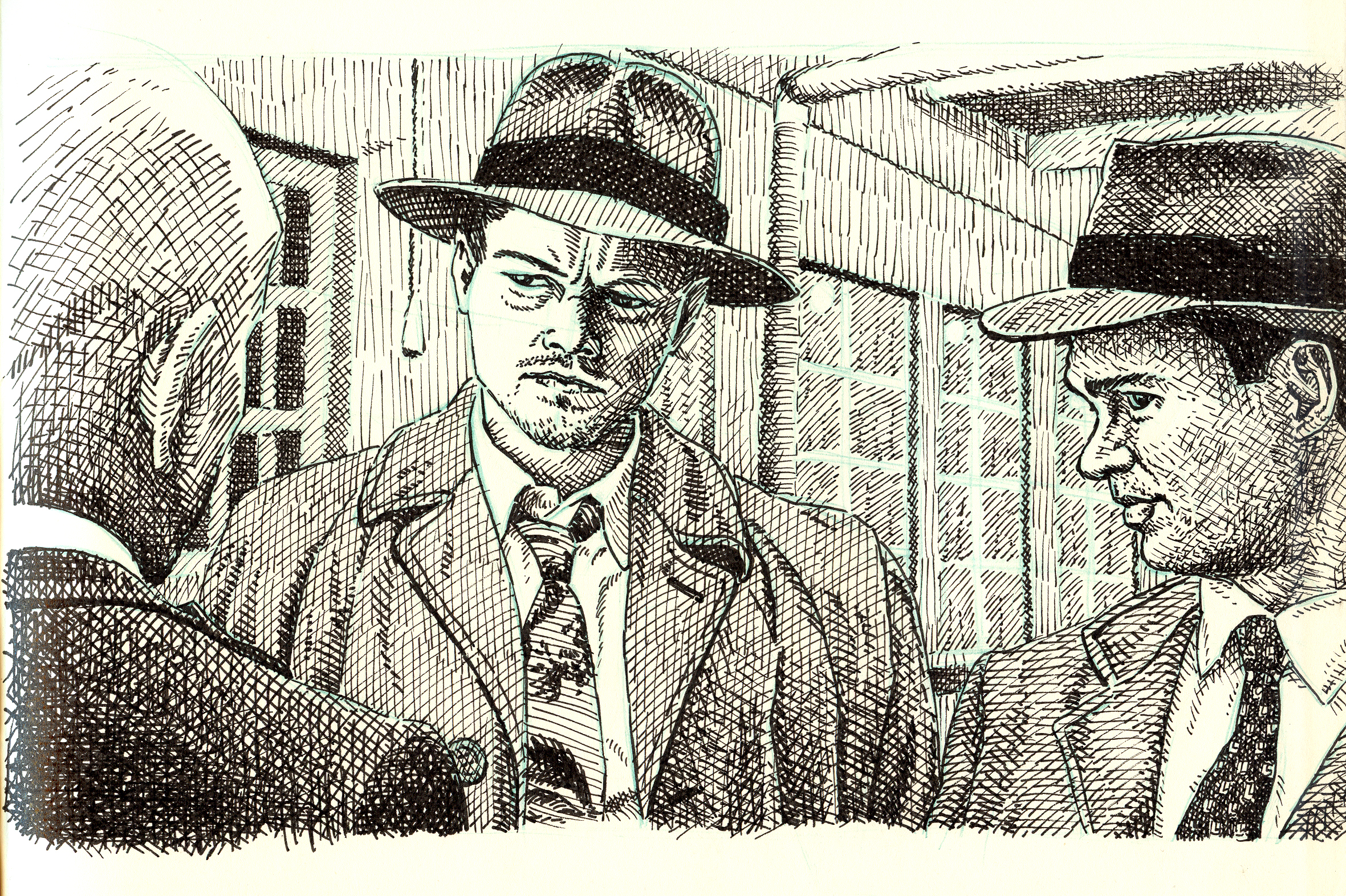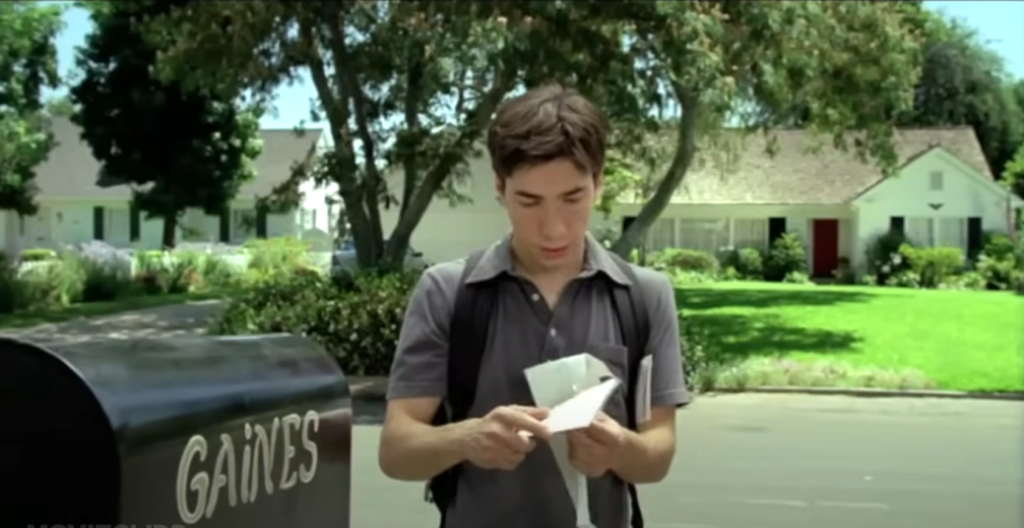The Power of Uncertainty
Ambiguity in storytelling is a powerful tool that can leave a lasting impression on audiences. It’s the element of uncertainty, the deliberate choice to leave some questions unanswered, that often resonates most deeply. When a story ends without fully resolving its conflicts or explaining every detail, it invites viewers or readers to engage more actively, to ponder the possibilities, and to interpret the narrative in their own way. This open-ended approach can be both frustrating and fascinating, but it’s undeniable that ambiguity has the power to linger in the mind long after the story has ended.
Unresolved endings, in particular, have a unique appeal. They mirror the complexities and uncertainties of real life, where not everything is neatly tied up, and where ambiguity is often the norm rather than the exception. By embracing this narrative technique, storytellers can create a richer, more layered experience that challenges audiences to think more deeply about what they’ve witnessed. In this exploration of the role of ambiguity in storytelling, we’ll delve into how these unresolved threads can add depth to narratives, provoke thought, and ultimately, leave a lasting impact.
Understanding Ambiguity in Storytelling
Ambiguity in storytelling is the intentional use of unclear or unresolved elements within a narrative. Unlike traditional stories that follow a clear path from beginning to end, with all loose ends tied up, ambiguous stories leave certain questions unanswered and outcomes open to interpretation. This technique invites the audience to engage more actively with the story, as they are encouraged to fill in the gaps and make their own conclusions about what has happened—or what might happen next.
The purpose of ambiguity in storytelling goes beyond mere confusion or mystery; it’s about creating a multi-layered narrative that allows for multiple interpretations. By not providing all the answers, the story becomes more than just a linear journey from point A to point B. Instead, it becomes a more dynamic experience, where the audience’s interpretation becomes part of the narrative itself. This approach can deepen the connection between the story and its audience, as viewers or readers project their own thoughts, experiences, and emotions onto the narrative.
Examples of ambiguity are abundant across various forms of media. In literature, Franz Kafka’s The Trial leaves readers questioning the nature of the protagonist’s crime and the true intentions of the justice system. In film, Inception famously ends with a spinning top, leaving audiences to debate whether the protagonist is still dreaming. These works demonstrate how ambiguity can transform a story into a conversation, where the audience is an active participant in the narrative.
The Appeal of Unresolved Endings
Unresolved endings resonate with audiences because they tap into the fundamental uncertainties of life. Unlike neatly packaged conclusions, these endings reflect the reality that not every question has an answer, and not every problem has a solution. This approach can be emotionally and intellectually engaging, as it challenges the audience to think critically about what they’ve experienced and to explore the possibilities beyond what is explicitly shown or told.
One of the key reasons unresolved endings are so impactful is that they mirror the complexities of real life. Life is rarely straightforward, and the lack of resolution in a story can make it feel more authentic and relatable. It allows the narrative to exist in a space where multiple interpretations are valid, and where the audience’s imagination plays a crucial role in shaping the story’s meaning.
Classic examples of unresolved endings in literature and film highlight the enduring appeal of this narrative choice. Inception leaves viewers in a state of perpetual uncertainty, questioning whether the protagonist has truly escaped his dream or is still trapped within it. Similarly, Kafka’s The Trial ends without clarifying the protagonist’s fate, leaving readers to grapple with the ambiguity of his situation and the larger commentary on justice and authority. These endings stay with the audience because they refuse to provide easy answers, instead offering a narrative that is as much about the questions it raises as it is about the story it tells. By embracing unresolved endings, storytellers can create works that continue to provoke thought and discussion long after the final scene has faded to black.
Ambiguity as a Tool for Character and Theme Development
Ambiguity isn’t just a tool for creating mystery or suspense; it’s also a powerful way to deepen character development and explore themes in a narrative. By leaving certain aspects of a character’s journey open to interpretation, storytellers can create multi-dimensional characters who feel more real and complex. This approach allows the audience to engage with the character on a deeper level, as they are invited to fill in the gaps and make their own judgments about the character’s motivations, choices, and ultimate fate.
For instance, in the film Lost in Translation, the relationship between the two main characters, Bob and Charlotte, is left deliberately ambiguous. The film doesn’t provide clear answers about the nature of their bond—whether it’s purely platonic, romantic, or something in between. This ambiguity adds layers to their characters, making their connection more intriguing and open to interpretation. It also aligns with the film’s themes of loneliness, connection, and the transient nature of human relationships, allowing these ideas to resonate more deeply with the audience.
Unresolved endings can also reinforce a story’s themes, ensuring that they linger in the audience’s mind long after the story has ended. When a narrative refuses to tie up all its loose ends, it leaves room for the themes to echo in the viewer’s thoughts, encouraging them to continue contemplating the story’s message. For example, in The Graduate, the famous final scene where Benjamin and Elaine sit in the back of a bus, their expressions slowly shifting from joy to uncertainty, perfectly encapsulates the film’s themes of disillusionment and the fear of the unknown future. The ambiguity of their future together leaves the audience pondering the film’s message about the unpredictability of life and the uncertainty of young adulthood.
By using ambiguity to enhance character arcs and thematic exploration, storytellers can create richer, more nuanced narratives that invite the audience to engage on a deeper level. This not only makes the characters and themes more memorable but also allows the story to have a lasting impact, as viewers continue to reflect on its meaning long after the final credits roll.
The Risk and Reward of Ambiguity in Storytelling
While ambiguity can be a powerful tool in storytelling, it also comes with significant risks. One of the primary dangers of using ambiguity is the potential for audience frustration or misinterpretation. When a story leaves too much unresolved or unclear, it can leave viewers or readers feeling unsatisfied, as though they’ve been denied the closure they were seeking. This can lead to negative reactions, particularly if the audience feels that the ambiguity was used as a crutch rather than a deliberate artistic choice.
For example, the series finale of The Sopranos famously ended on an ambiguous note, with the screen cutting to black just as the main character, Tony Soprano, looks up from his booth in a diner. This abrupt ending sparked widespread debate and, in some cases, outrage among fans who were left without a definitive conclusion to the story. While some appreciated the open-ended nature of the finale, others felt cheated by the lack of closure, demonstrating how polarizing ambiguity can be.
Despite these risks, the successful use of ambiguity can result in a story that is far more memorable and impactful. When done well, ambiguity engages the audience’s imagination, encouraging them to think more deeply about the narrative and its possible interpretations. Films like No Country for Old Men exemplify this balance. The film ends with a quiet, reflective monologue from Sheriff Ed Tom Bell, without offering a clear resolution to the fate of the protagonist or the antagonist. This ending leaves the audience with a sense of unease and introspection, perfectly aligning with the film’s themes of chaos, violence, and the elusive nature of justice.
The reward of using ambiguity lies in its ability to create a narrative that stays with the audience, prompting discussions, debates, and even multiple viewings to uncover new layers of meaning. While not all viewers may appreciate this approach, those who do often find that the open-ended nature of the story makes it all the more compelling. By carefully balancing the risks and rewards, storytellers can use ambiguity to craft stories that challenge, engage, and resonate with their audience in profound ways.
Ambiguity Across Genres: A Versatile Narrative Device
Ambiguity is a versatile narrative device that transcends genres, allowing storytellers to engage audiences in unique ways, whether the goal is to create suspense, provoke thought, or challenge perceptions. In psychological thrillers, ambiguity is often used to keep the audience on edge, blurring the lines between reality and illusion. A film like Shutter Island, for example, masterfully uses ambiguity to make viewers question the protagonist’s sanity, leaving them uncertain about what is real and what is imagined. This uncertainty not only drives the suspense but also deepens the film’s exploration of themes like trauma and guilt.
In dramas, ambiguity can be used to reflect the complexities of human relationships and moral dilemmas. Manchester by the Sea is a prime example, where the unresolved nature of the protagonist’s grief and guilt creates a raw, authentic portrayal of loss. The film doesn’t offer easy answers or a neatly wrapped conclusion, instead allowing the ambiguity to mirror the messiness of real-life emotions and decisions.
Science fiction often leverages ambiguity to explore philosophical questions and speculative scenarios. Films like Blade Runner use ambiguous elements to challenge viewers’ perceptions of humanity and consciousness. The question of whether Rick Deckard is a human or a replicant is left deliberately unanswered, inviting the audience to grapple with the implications of technology, identity, and free will. This open-ended approach encourages viewers to think critically about the narrative and its broader themes, making the story more engaging and thought-provoking.
Across these genres, ambiguity serves different purposes but consistently enriches the storytelling by adding layers of complexity and inviting audience interpretation. Whether it’s creating tension in a thriller, exploring emotional depth in a drama, or posing existential questions in science fiction, ambiguity remains a powerful tool for filmmakers and writers alike.
The Cultural Impact of Ambiguous Storytelling
Ambiguity in storytelling reflects broader cultural trends, particularly in the context of postmodernism and the questioning of absolute truths. In an era where definitive answers are often elusive, and reality is increasingly seen as subjective, ambiguous narratives resonate with audiences who are accustomed to uncertainty and complexity. This cultural shift has made ambiguity a popular and effective storytelling technique, as it mirrors the fragmented, multifaceted nature of contemporary life.
Ambiguous endings, in particular, have a unique cultural impact. They often spark discussions, debates, and even fan theories, contributing to a story’s longevity. Take Inception, for instance—the film’s final scene, with the spinning top, has been the subject of endless analysis and debate since its release. This open-ended conclusion has not only kept the film relevant in popular culture but has also turned it into a touchstone for discussions about dreams, reality, and the power of storytelling.
Moreover, ambiguity can lead to multiple adaptations or interpretations, allowing a story to evolve over time and remain relevant across different mediums and eras. Shakespeare’s plays, for example, are filled with ambiguous elements that have been interpreted in countless ways, each bringing a new perspective to the text. This adaptability keeps the work fresh and engaging, ensuring its continued relevance in a changing cultural landscape.
Ultimately, the cultural impact of ambiguity lies in its ability to engage audiences in a deeper, more interactive way. By leaving room for interpretation, these stories invite viewers and readers to become active participants in the narrative, ensuring that the story lives on in their minds long after it has ended.
The Lasting Legacy of Unresolved Stories
Ambiguity plays a crucial role in creating narratives that are rich, layered, and deeply engaging. By embracing uncertainty and leaving questions unanswered, storytellers can craft stories that resonate on multiple levels, offering a unique and enduring experience for audiences. Unresolved endings, in particular, challenge viewers to think critically and engage more deeply with the narrative, making these stories more memorable and impactful.
The value of ambiguity in storytelling lies in its ability to mirror the complexities of real life, where not everything is clear-cut or easily resolved. This approach not only keeps the audience invested but also ensures that the story remains relevant and thought-provoking long after it’s over. As the landscape of storytelling continues to evolve, the use of ambiguity is likely to remain a powerful tool for filmmakers and writers, allowing them to challenge, captivate, and inspire audiences in new and unexpected ways.



